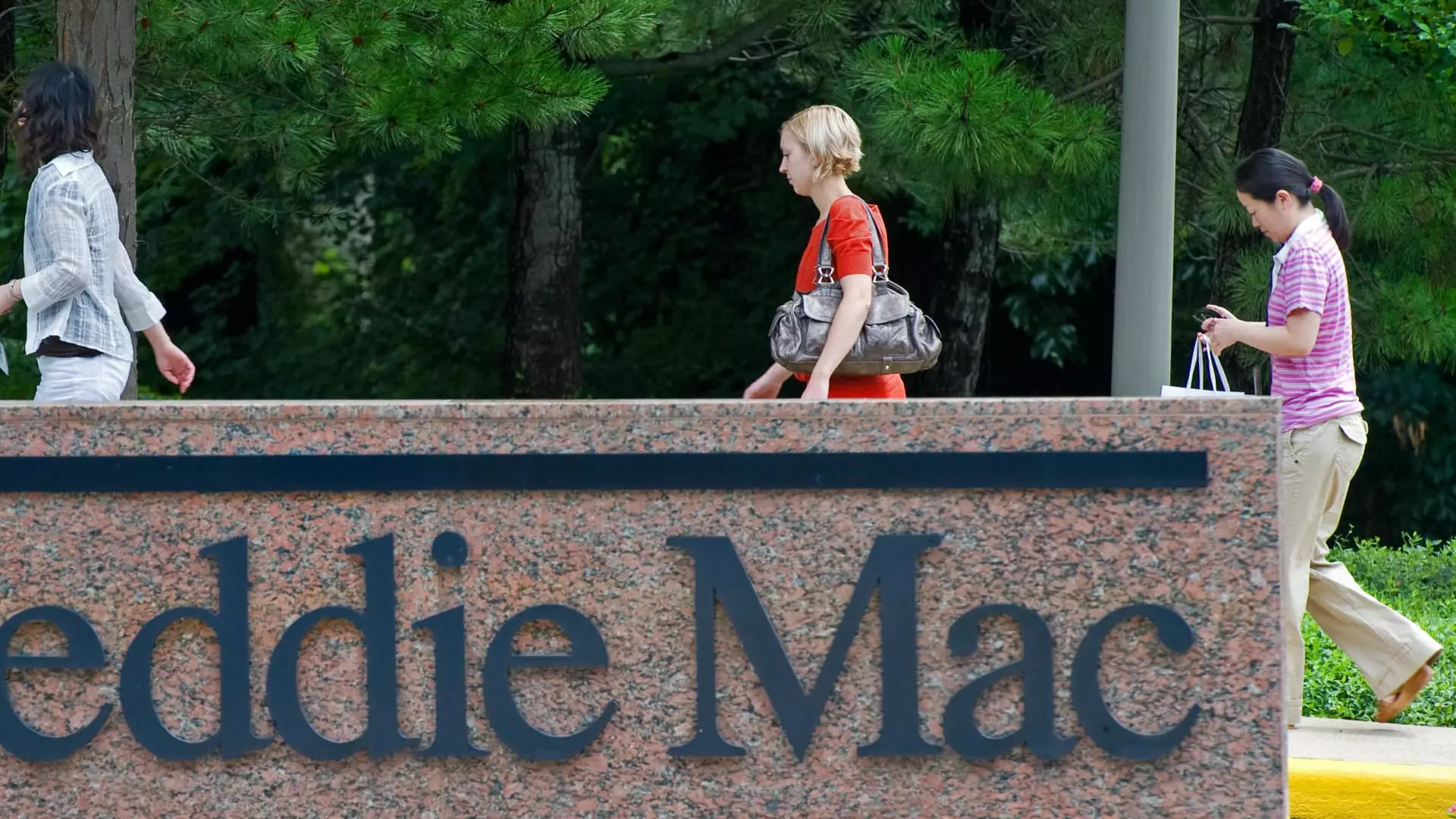Fannie Mae and Freddie Mac, two of the largest entities in the American mortgage market, were placed under government conservatorship in 2008 following their near-collapse during the financial crisis. Established by Congress in 1938 and 1970, respectively, these government-sponsored enterprises (GSEs) had been crucial in ensuring liquidity in the mortgage market, facilitating access to housing for millions of Americans. Their mission has historically been to make homeownership more accessible, particularly through the popularization of the 30-year fixed-rate mortgage. However, the dramatic events of the late 2000s transformed them into government wards, ending a period of relative autonomy that lasted nearly 70 years.
The conservatorship aimed to stabilize the housing market by mitigating risk and reducing the potential need for taxpayer bailouts. Under this arrangement, Fannie Mae and Freddie Mac have been able to operate with a degree of government backing. This has raised questions about the balance between the GSEs’ operational independence and their national significance in supporting the housing market.
During former President Donald Trump’s first term, there were palpable efforts to privatize these entities. Proposals were put forward to release them from federal oversight and restore their independence. However, these efforts encountered numerous challenges, contributing to a sense of uncertainty surrounding their future. Experts opined that a combination of logistical complexities, political will, and economic implications would determine the outcome of any such endeavor.
Fast forward to Trump’s second term, and speculation regarding the privatization of Fannie Mae and Freddie Mac has resurfaced. Analysts are divided on whether this shift could positively impact the housing market or introduce unwarranted volatility. The original attempt to release the GSEs was mired in ambiguity, and this new discourse comes with the prospect of higher mortgage rates and increased risk to investors.
The issue of releasing Fannie Mae and Freddie Mac from government control is complex, with economic implications reaching far beyond the housing market. Economists like Mark Zandi from Moody’s Analytics caution that the potential for increased mortgage rates may accompany any effort to privatize these GSEs. If the conservatorship is lifted without a robust regulatory framework in place, it could lead to greater risk for those investing in mortgage-backed securities or the GSEs’ secured debt.
Historically, one of the primary functions of Fannie Mae and Freddie Mac has been to absorb risk and provide stability to the mortgage market. Their existence allows lenders to operate with increased liquidity, making it possible for homebuyers to access mortgages at favorable rates. Zandi emphasizes the delicacy involved with this transition: “It’s just a question of how much higher” rates would climb following their release, indicating that any push toward privatization must carefully consider the repercussions.
Experts also highlight the importance of understanding the post-release support these entities may or may not receive from the government. Andy Winkler, from the Bipartisan Policy Center, points out that the degree of oversight could significantly impact how Fannie Mae and Freddie Mac are received in a privatized market. Many stakeholders await clarity on whether the new landscape would still involve some form of government support or if these GSEs would entirely operate independently.
There are also implications for prospective homeowners and mortgage rates. As Zandi notes, the end of conservatorship could lead to higher borrowing costs and decreased accessibility to home loans. Though more people appeared to engage in all-cash transactions in 2024, the reality remains that the majority of American homebuyers still depend on mortgages, emphasizing the delicate balance that must be struck between enabling broad access to home financing and ensuring economic stability.
In the broader context, the conversations surrounding Fannie Mae and Freddie Mac’s future are filled with uncertainty. The intricate web of stakeholders, from the Treasury Department to private shareholders, signifies that resolving the conservatorship is not a simple matter. As renowned professor Susan Wachter pointed out, “It’s not something you can do with one signature on one agreement.”
Emerging from conservatorship will take considerable time and would need to be handled with caution to prevent repeating the mistakes of the past, which nearly led to another economic disaster in 2008. The emphasis on due diligence, regulatory frameworks, and the careful balancing of various interests cannot be understated.
Overall, the debate surrounding Fannie Mae and Freddie Mac encapsulates broader discussions about the role of government in the economy and its impact on the housing market. As policymakers wrestle with these issues, it becomes clear that the outcomes will bear lasting implications for the landscape of American home finance. The journey remains rocky and fraught with challenges, but open dialogue and informed decision-making are key to navigating this critical juncture.


Leave a Reply